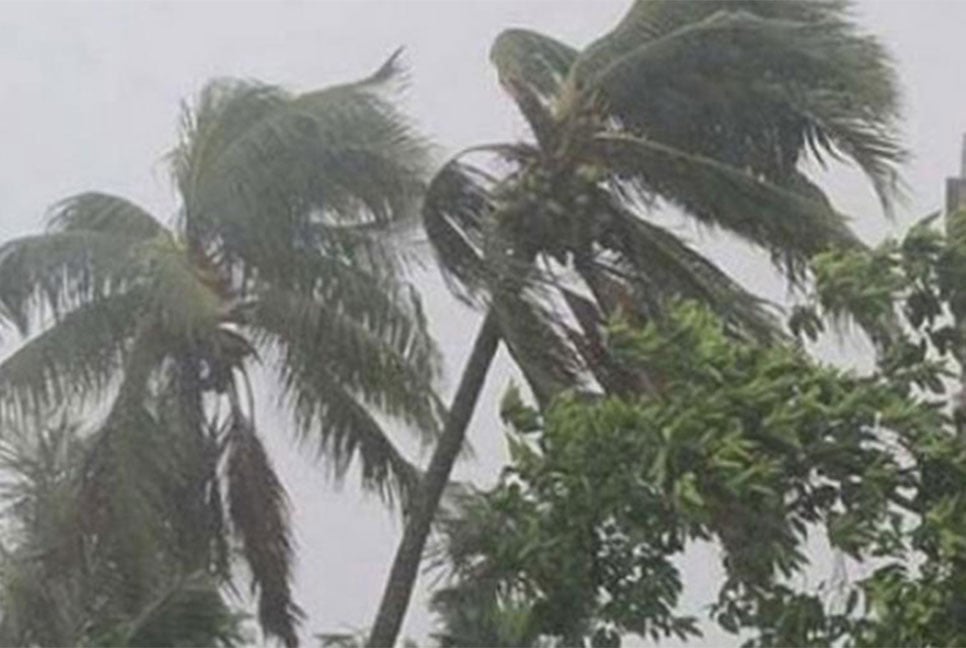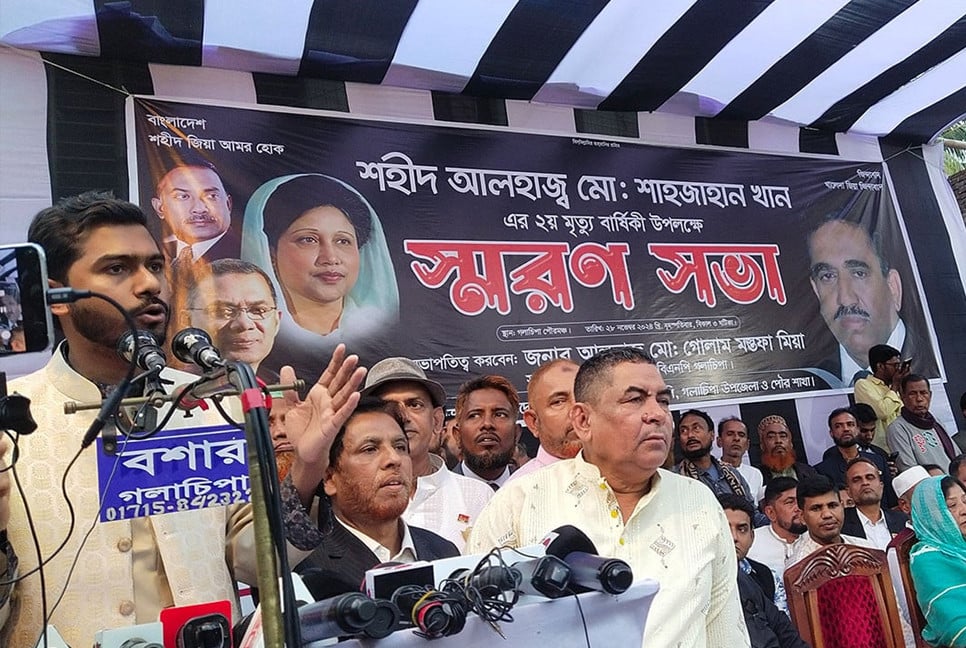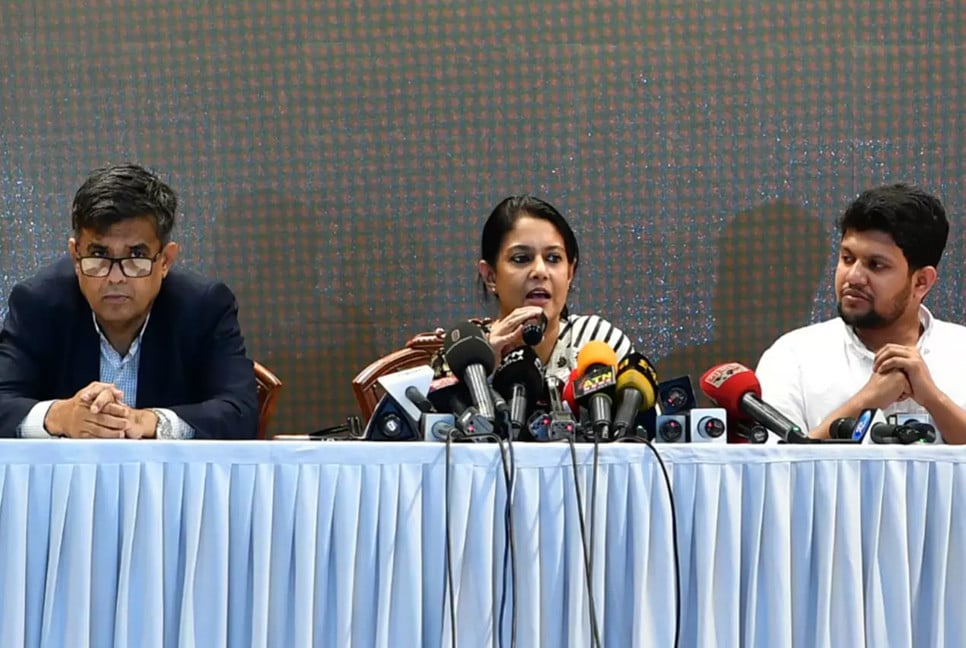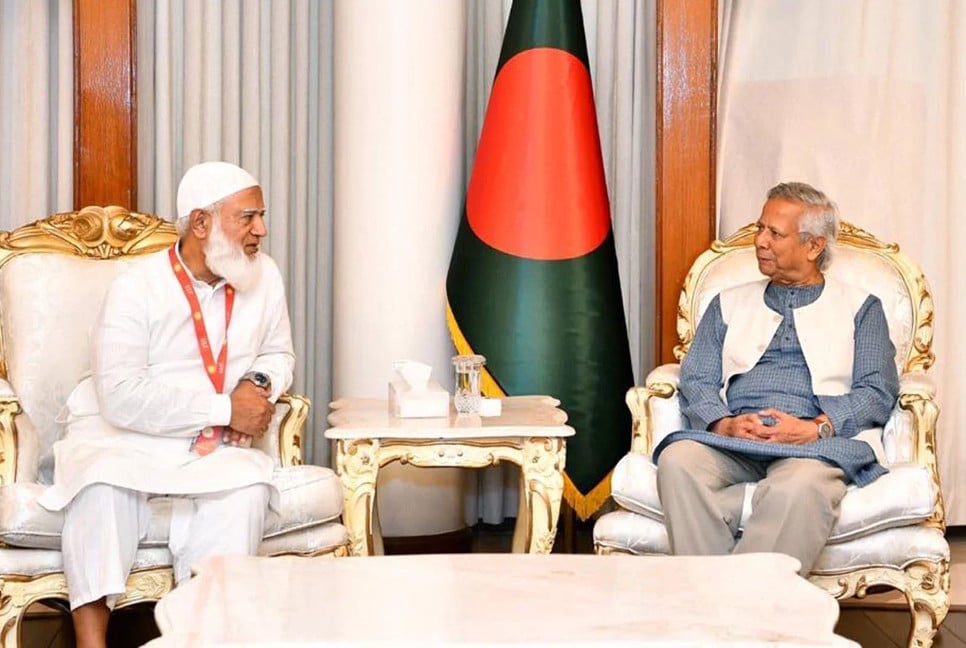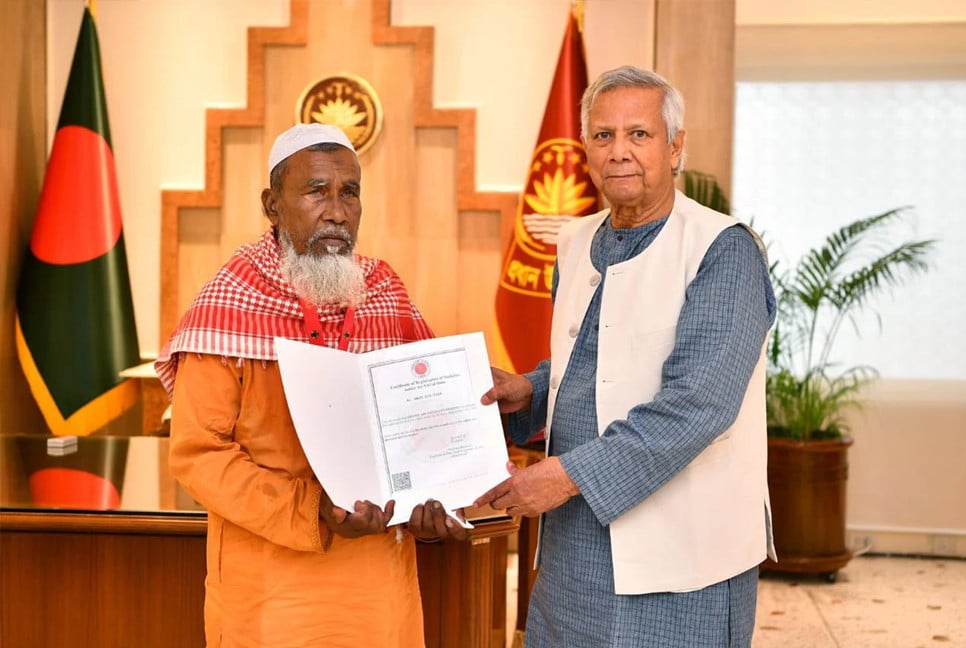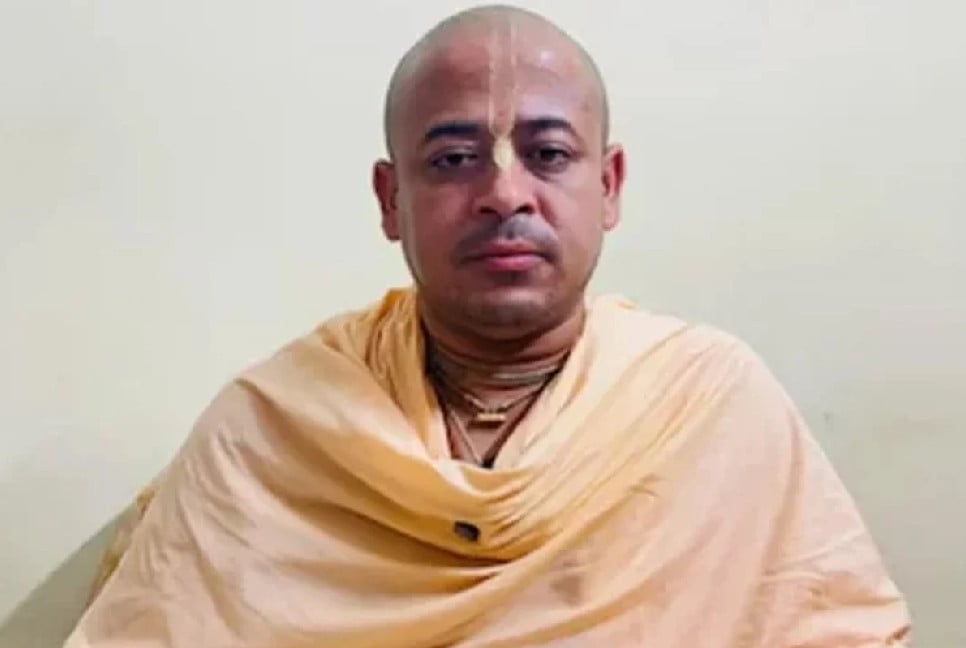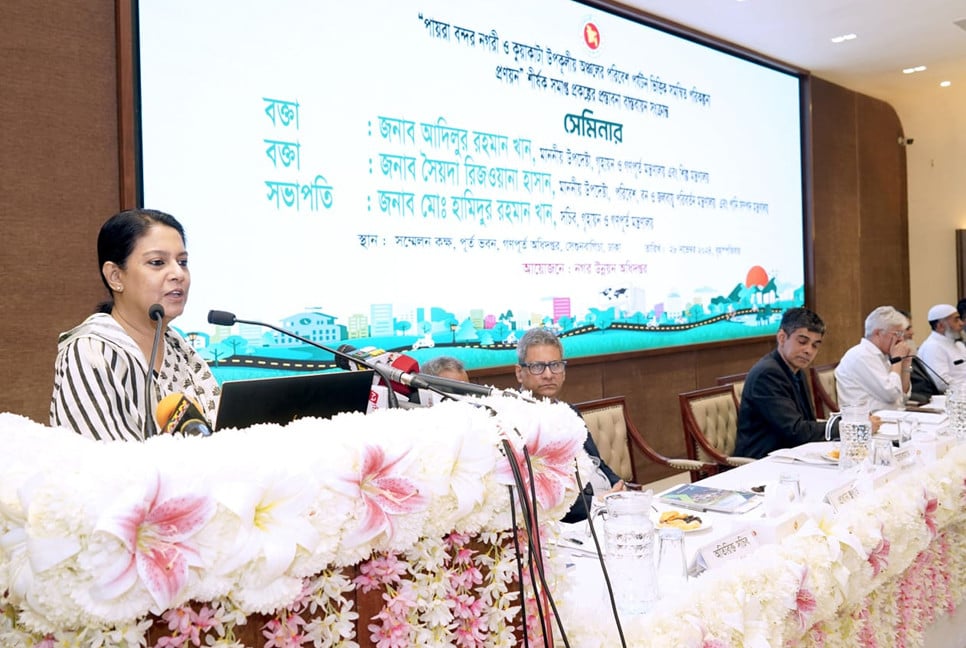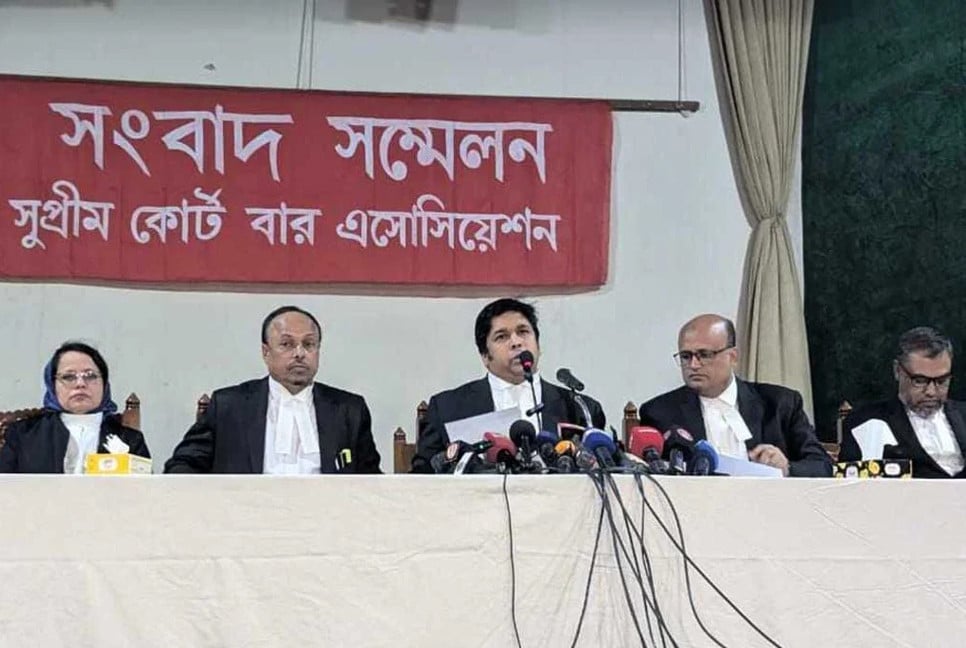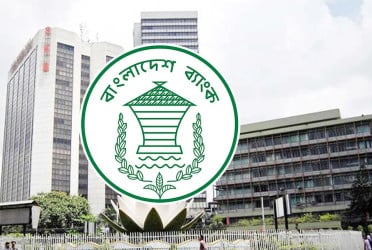Breaking all the records of the past, intense heatwave is going on all over the country including the capital. Along with that, severe drought or lack of rain is continuing in the country. Hence, this heatwave has seen the fewest Kalbaishakhi storms in April in 43 years.
There were seven thunderstorms in April last year. In 2022 and 2021 there are nine and eight respectively. However, this year saw just one storm of this kind.
This April saw the longest heat wave in 76 years of history. The meteorologist of the Department of Meteorology, Umar Faruq told the media that after analyzing the data since 1948, heat wave like this wasn’t found. This time the record of 76 years is broken.
The number of thunderstorms or kalbaishakhi has decreased during this heatwave month. Meteorologist Muhammad Abul Kalam Mallick of Meteorological Department is doing research on weather and climate. He has presented data from 1981 to April this year in his research. In these 43 years, there were 365 major thunderstorms in April. The most storms occurred in April 1997, which were 14 in number. And in 1999 and 2009, at least four storms occurred in April.
There were seven thunderstorms took place in April last year. In 2022 and 2021 there are nine and eight respectively. And this year is just one.
Most thunderstorms occur in the country in the month of May. Then come the months of June, September and April. But this time till April 26 only one thunderstorm or Kalbaishakhi has occurred in the country. It also happened in the southern part of the country, which is also unusual.
Professor AKM Saiful Islam, director of BUET's Institute of Water and Flood Management, attributed the unusual heat wave as the storm subsided in April. He is associated with the United Nations Intergovernmental Panel on Climate Change (IPCC).
Saiful Islam said the global temperature has increased by 1.3 degrees Celsius. The month of April this year is India's warmest in 122 years. The wind flow we have is associated with the weather of bordering states like West Bengal, Bihar and Odisha of India. At this time, the water vapor coming from the sea in these regions creates thunderclouds, but its very hot in all those parts of India. Moist water vapor didn’t create thunderclouds. That's the irony. We are seeing this situation due to climate change.
Bd pratidin English/Lutful Hoque

